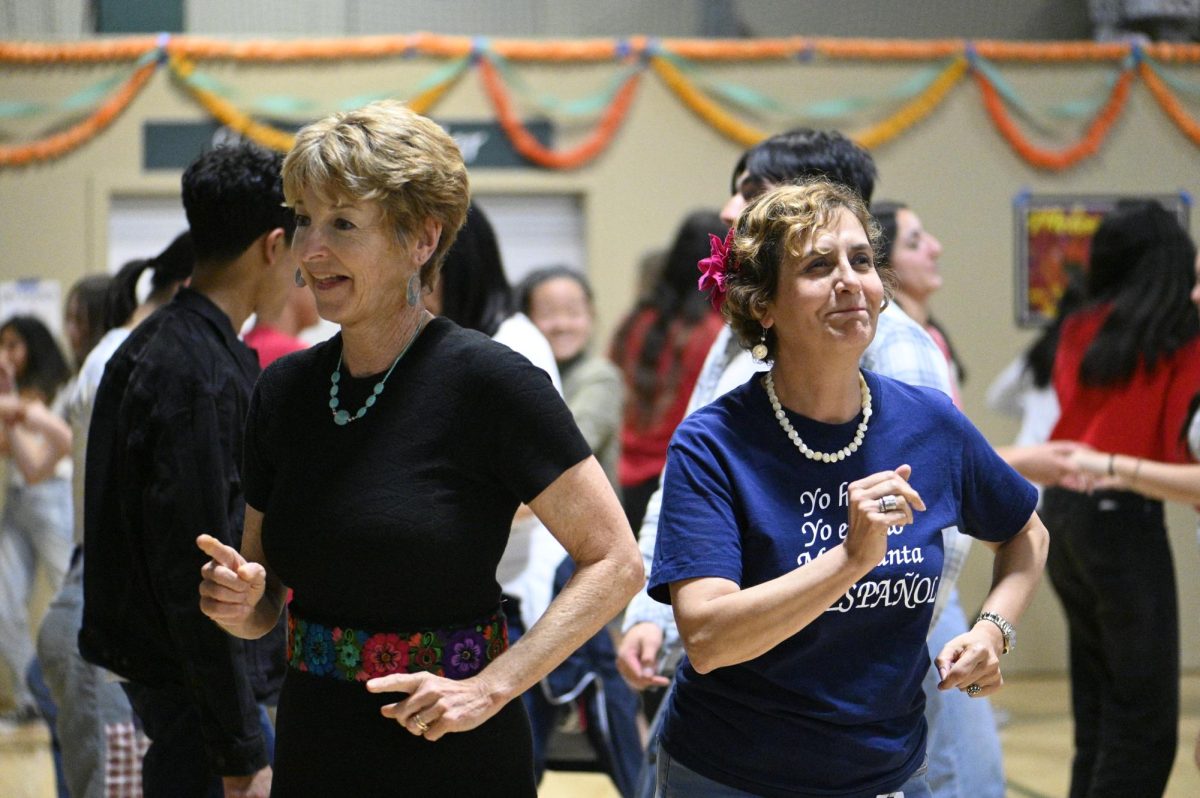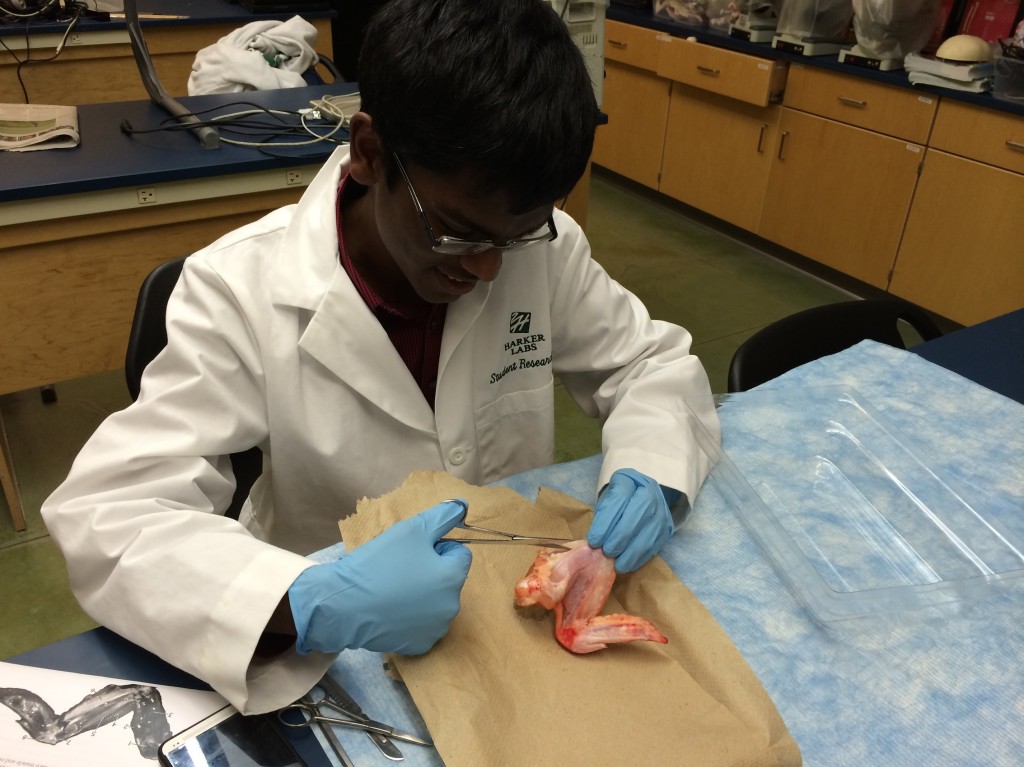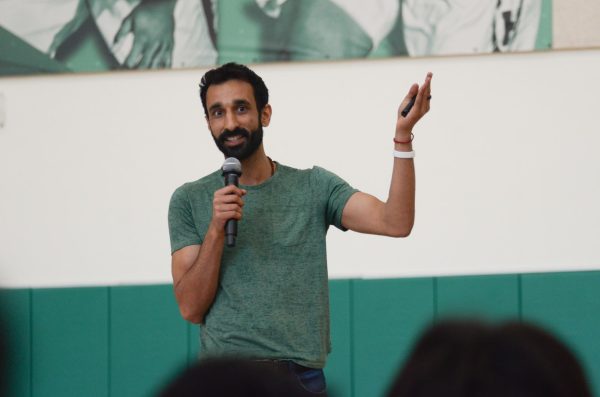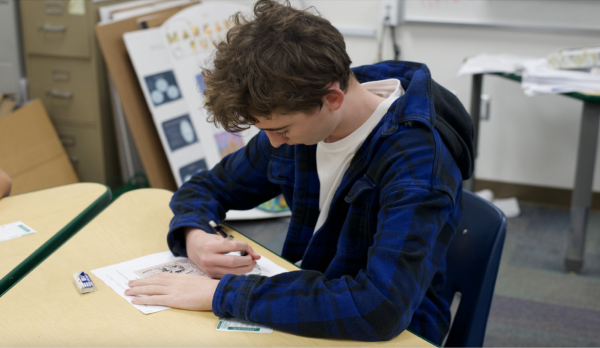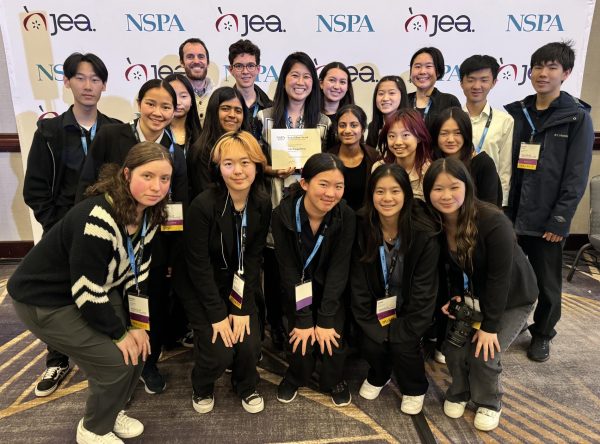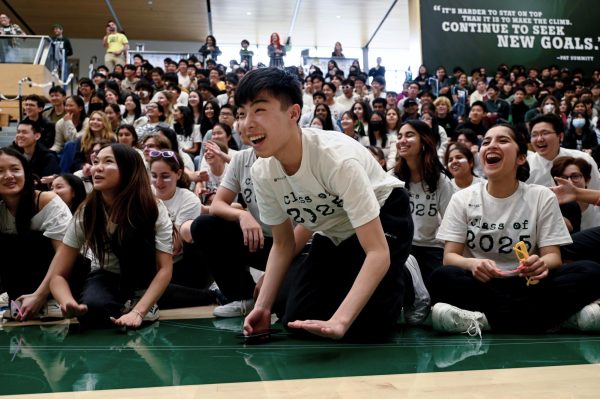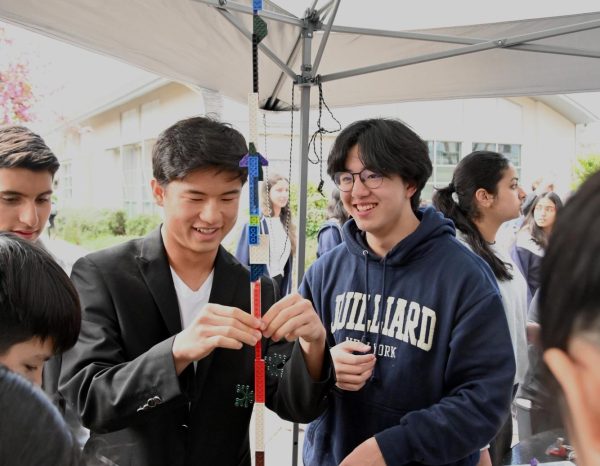HAPy students learn about movement through chicken wing dissection
The 19 seniors taking Human Anatomy and Physiology (HAPy) dissected chicken wings yesterday in order to learn about connections and interactions between tissues.
Led by HAPy teacher Anita Chetty, the students worked on raw chicken wings purchased from the supermarket, carefully peeling back skin to expose muscle, bone, and various connective tissues.
Chetty intended for the exercise to be both a glimpse into the characteristics of natural animal tissues as well as a supplement to the class’s unit on the skeletal and muscular systems.
“I wanted the students to see an unpreserved specimen, and one that brings together some of the tissues that we’ve studied in great detail,” she said. “[It’s about] getting the students to identify the roles of all the tissues in creating movement—it’s not just the muscles, it’s also the tendons, the ligaments, the bones.”
During the dissection, the students identified different types of tissues, showing the similarities in structure and function between the chicken wing and the human arm. They could then experiment with the wing to move its various parts.
“I thought it was really cool when I could contract the biceps and the triceps [muscles] to make the wing move back and forth,” Sreyas Misra (12) said, adding that the wings also “smelled a lot better” than the preserved rats that the class dissected last month.
Dissecting a common food item like the chicken wing also provided a new perspective into the connections between biology and everyday life, according to Kimberly Ma (12).
“I don’t know how I’m going to eat poultry from now on without thinking of anatomical structure,” she said. “I’ve dissected cow’s eyes, sheep brains, and even a full-grown rat—what I’ve never gone through is the anatomy of something that appears quite often at the dinner table.”
For Chetty, doing hands-on labs like dissections are crucial to fully understanding anatomy and physiology.
“I really believe in experiential learning,” she said. “If I’m talking about tendon—unless you’ve actually seen a tendon and seen how it works and its importance, you don’t really learn or understand its significance.”
The HAPy students will continue studying tissues and organ systems with a dissection of a cat in January and more labs throughout the year.































![Setter Emma Lee (9) sets the ball to the middle during the match against Pinewood on Sept. 12. “[I’m looking forward to] getting more skilled, learning more about my position and also becoming better friends with all of my teammates, Emma said.](https://harkeraquila.com/wp-content/uploads/2023/09/DSC_4917-2-1200x795.jpg)








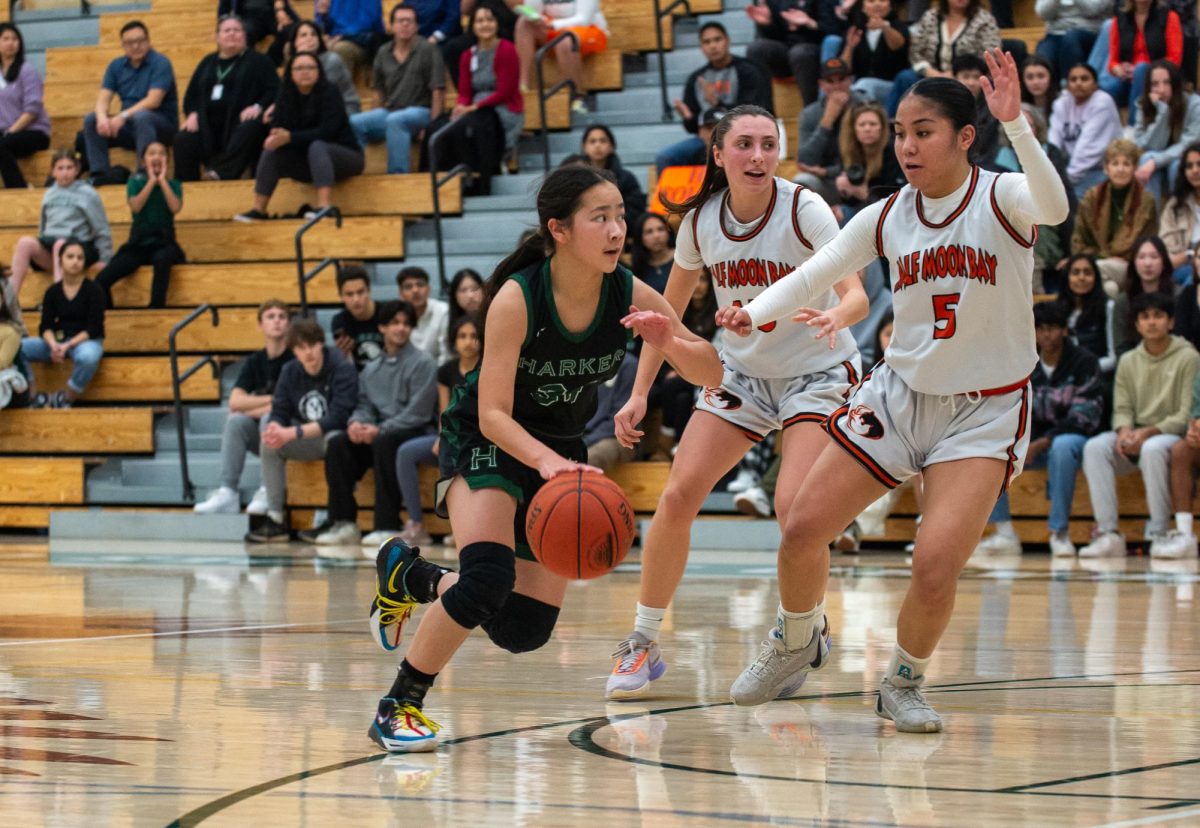























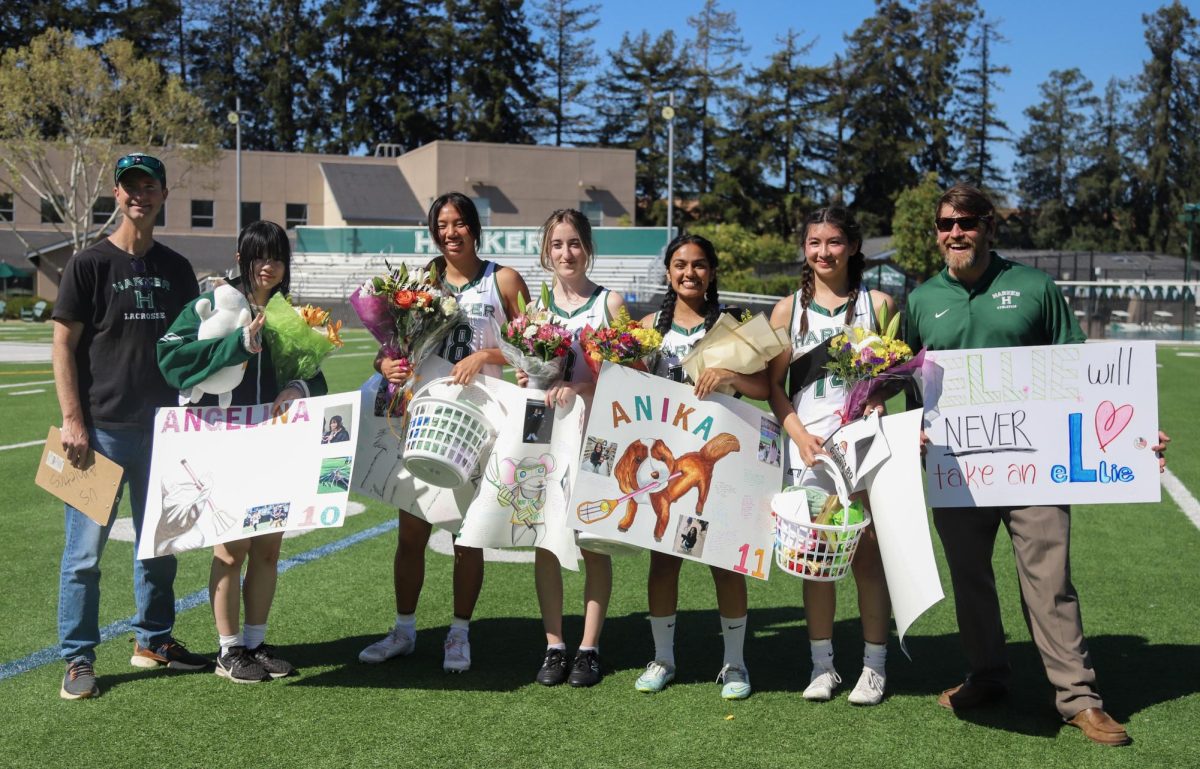
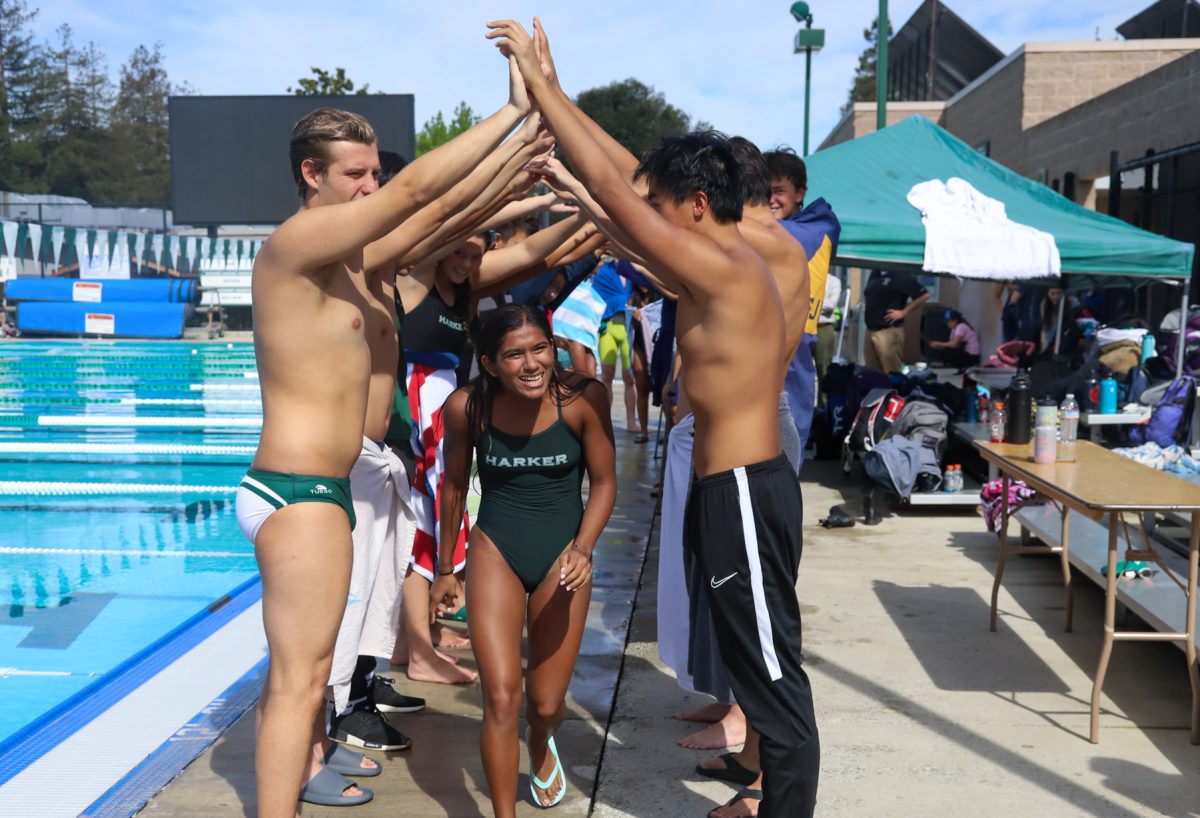
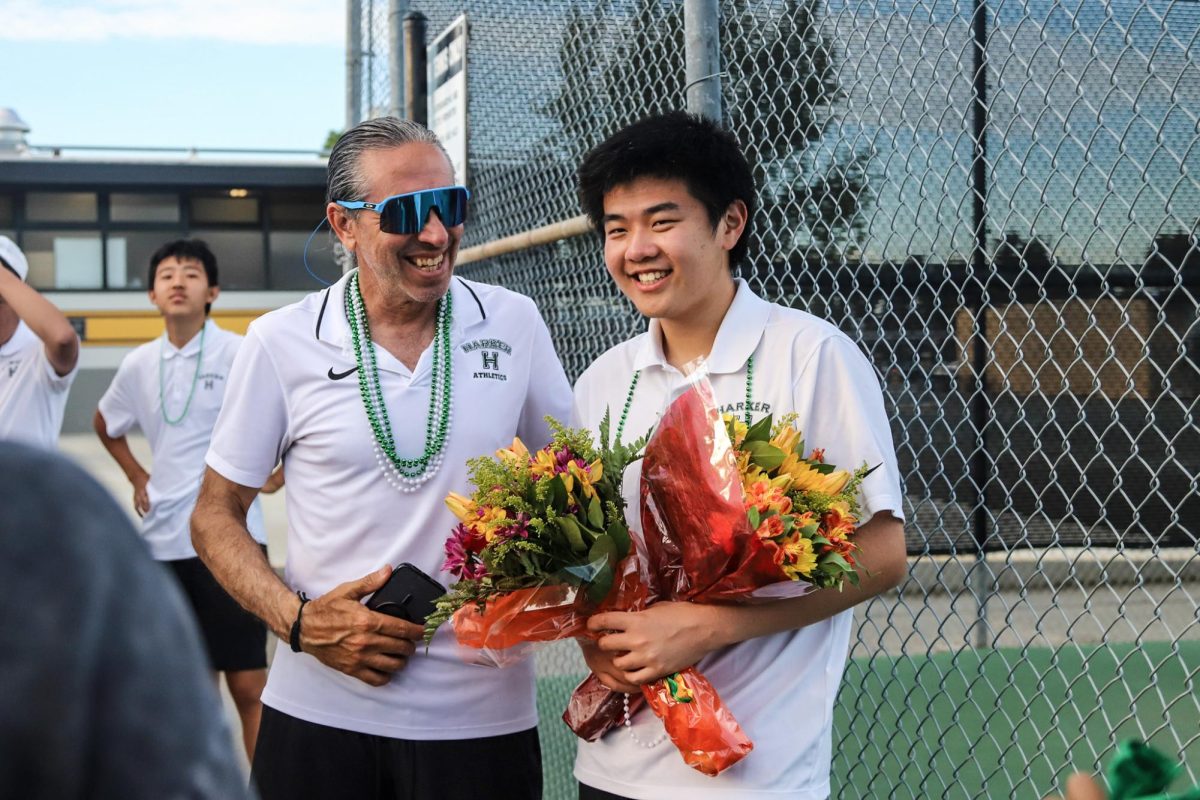
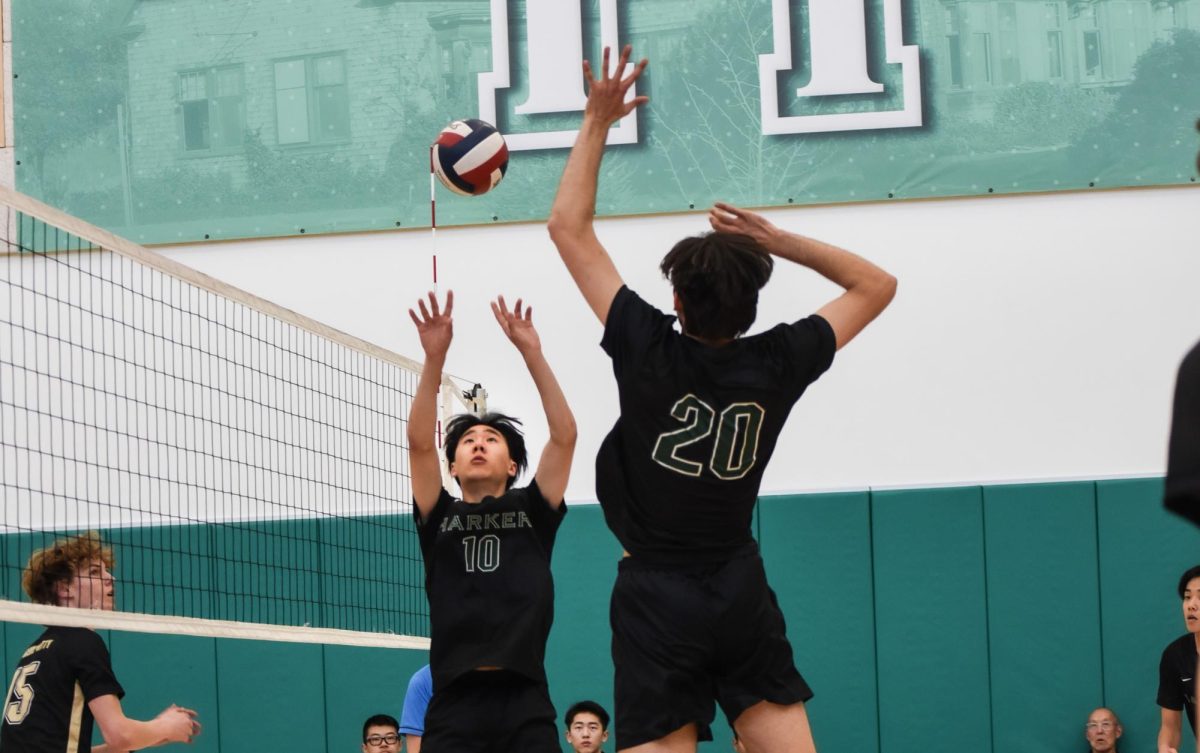
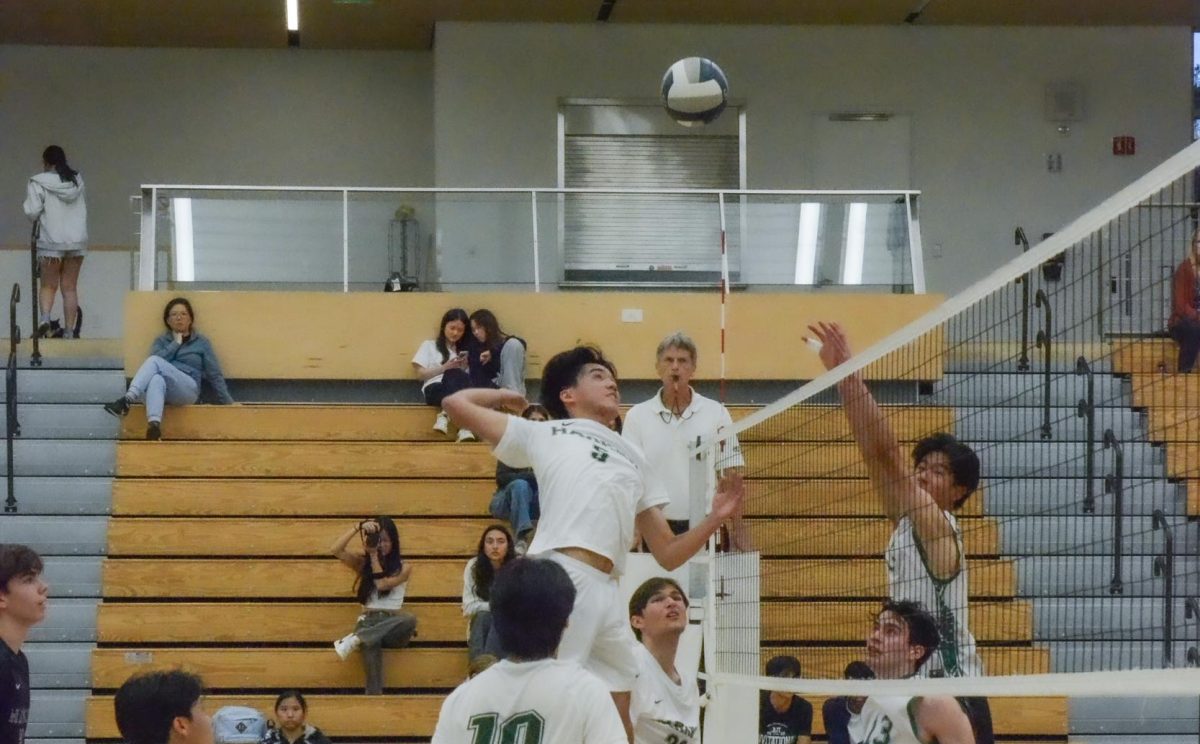





























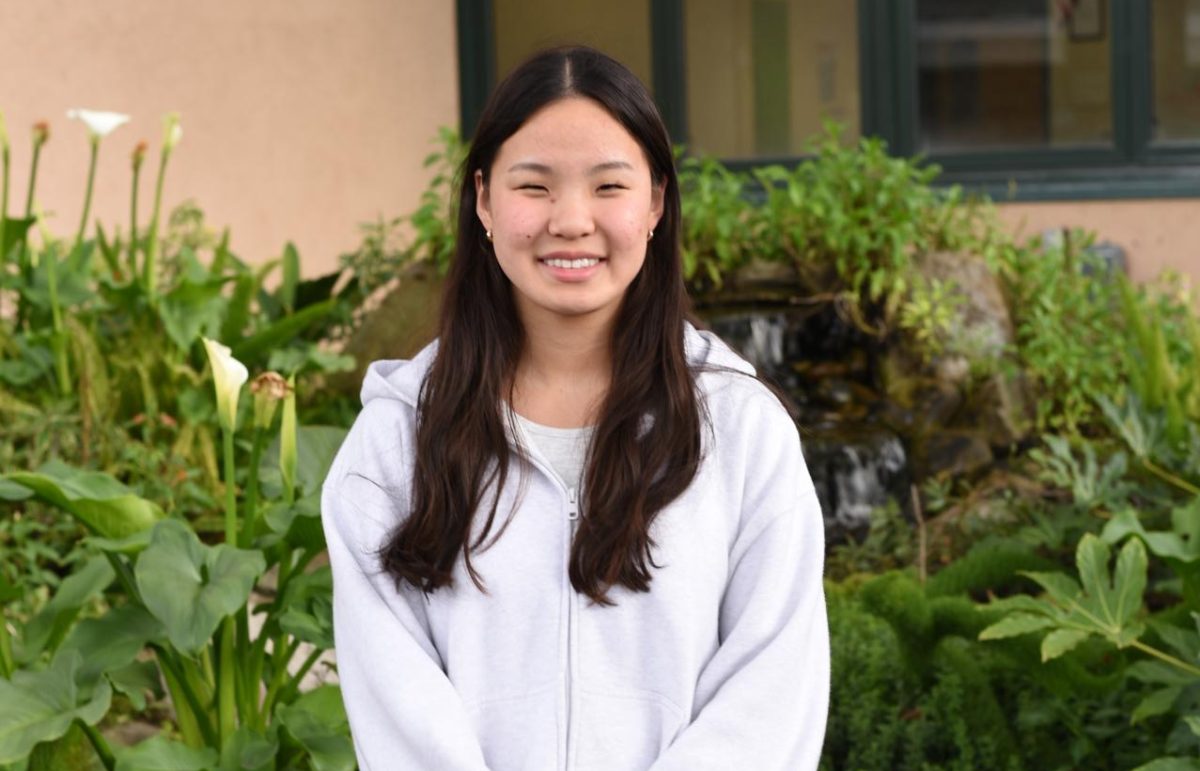
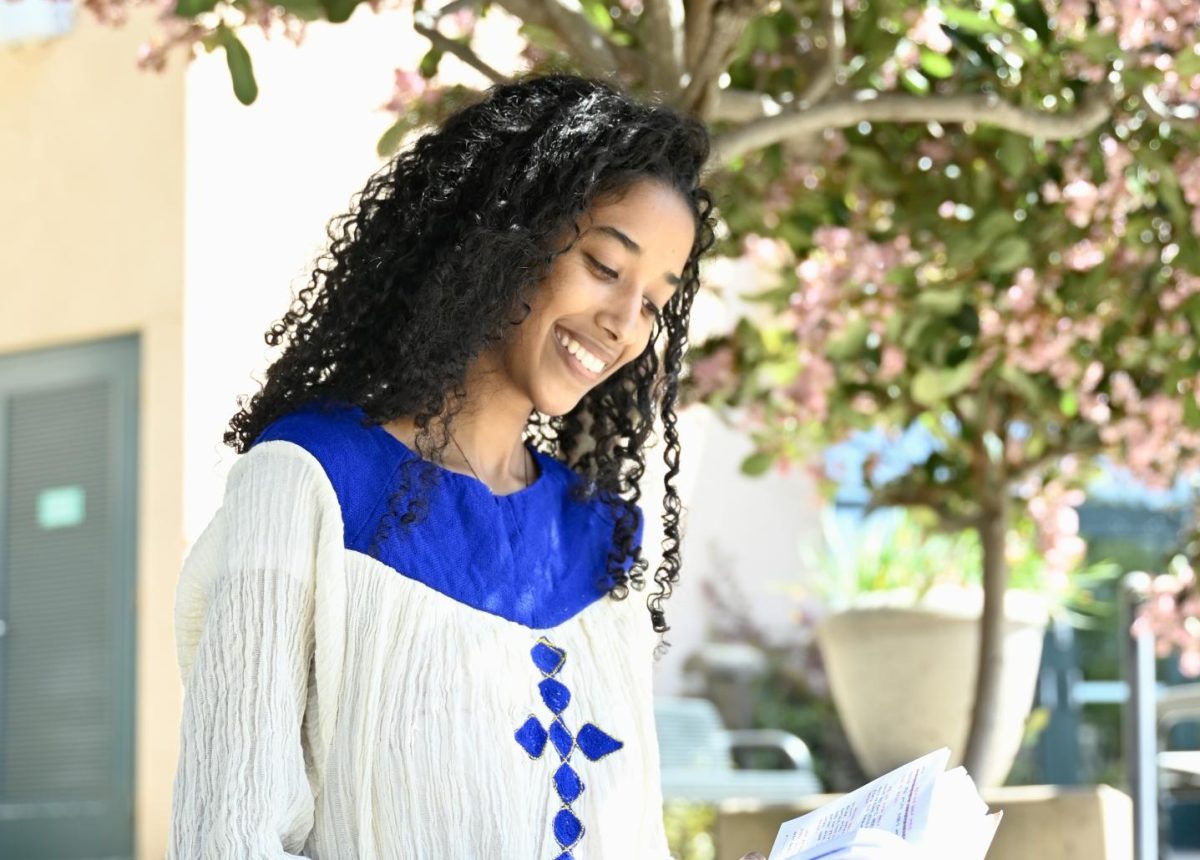
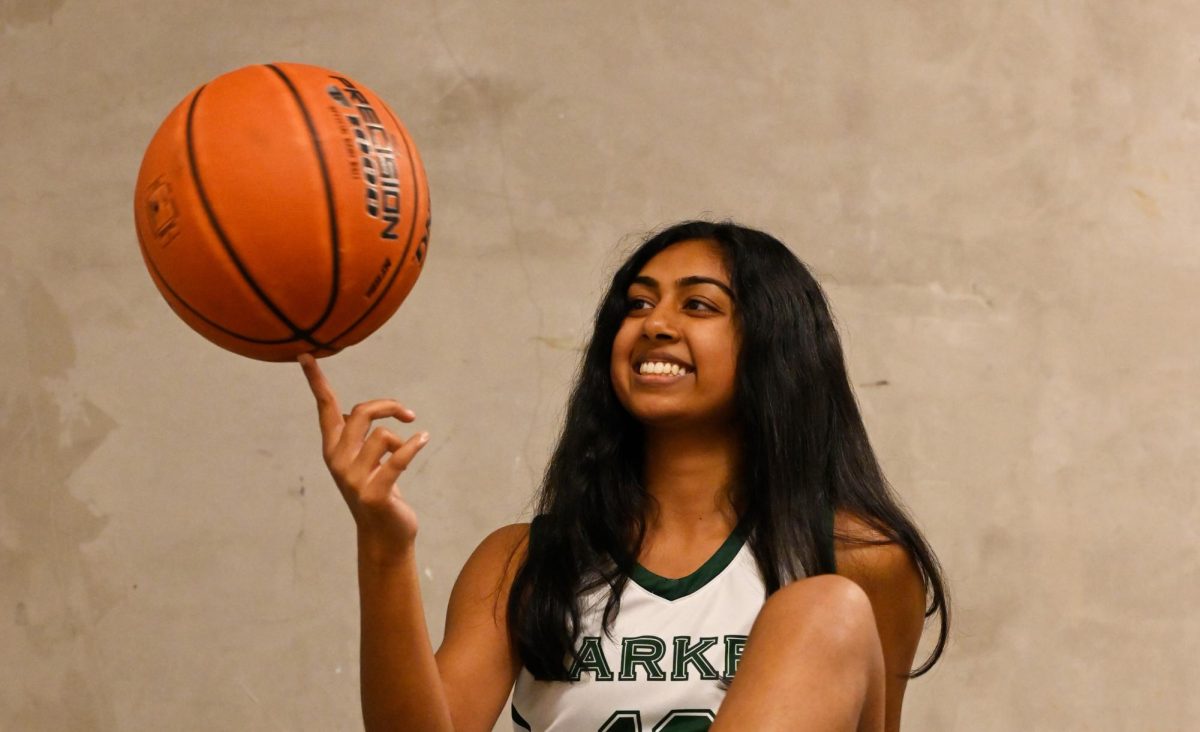










![“[Building nerf blasters] became this outlet of creativity for me that hasnt been matched by anything else. The process [of] making a build complete to your desire is such a painstakingly difficult process, but Ive had to learn from [the skills needed from] soldering to proper painting. Theres so many different options for everything, if you think about it, it exists. The best part is [that] if it doesnt exist, you can build it yourself, Ishaan Parate said.](https://harkeraquila.com/wp-content/uploads/2022/08/DSC_8149-900x604.jpg)


![“Animation just clicked in a way. I had been interested in art, but that felt different. [Animation] felt like it had something behind it, whereas previous things felt surface level. I wasnt making that crazy of things, but just the process of doing it was much more enjoyable, Carter Chadwick (22) said.](https://harkeraquila.com/wp-content/uploads/2022/08/Screen-Shot-2022-08-16-at-9.44.08-AM-900x598.png)


![“When I came into high school, I was ready to be a follower. But DECA was a game changer for me. It helped me overcome my fear of public speaking, and its played such a major role in who Ive become today. To be able to successfully lead a chapter of 150 students, an officer team and be one of the upperclassmen I once really admired is something Im [really] proud of,” Anvitha Tummala (21) said.](https://harkeraquila.com/wp-content/uploads/2021/07/Screen-Shot-2021-07-25-at-9.50.05-AM-900x594.png)



![“[Volleyball has] taught me how to fall correctly, and another thing it taught is that you don’t have to be the best at something to be good at it. If you just hit the ball in a smart way, then it still scores points and you’re good at it. You could be a background player and still make a much bigger impact on the team than you would think,” Anya Gert (’20) said.](https://harkeraquila.com/wp-content/uploads/2020/06/AnnaGert_JinTuan_HoHPhotoEdited-600x900.jpeg)

![“Im not nearly there yet, but [my confidence has] definitely been getting better since I was pretty shy and timid coming into Harker my freshman year. I know that theres a lot of people that are really confident in what they do, and I really admire them. Everyones so driven and that has really pushed me to kind of try to find my own place in high school and be more confident,” Alyssa Huang (’20) said.](https://harkeraquila.com/wp-content/uploads/2020/06/AlyssaHuang_EmilyChen_HoHPhoto-900x749.jpeg)













![“My slogan is ‘slow feet, don’t eat, and I’m hungry.’ You need to run fast to get where you are–you arent going to get those championships if you arent fast,” Angel Cervantes (12) said. “I want to do well in school on my tests and in track and win championships for my team. I live by that, [and] I can do that anywhere: in the classroom or on the field.”](https://harkeraquila.com/wp-content/uploads/2018/06/DSC5146-900x601.jpg)

![“I think getting up in the morning and having a sense of purpose [is exciting]. I think without a certain amount of drive, life is kind of obsolete and mundane, and I think having that every single day is what makes each day unique and kind of makes life exciting,” Neymika Jain (12) said.](https://harkeraquila.com/wp-content/uploads/2017/06/Screen-Shot-2017-06-03-at-4.54.16-PM.png)





